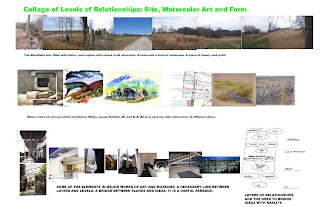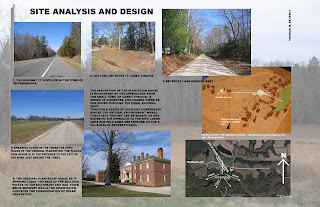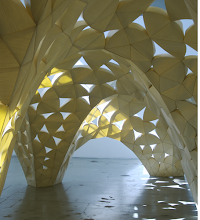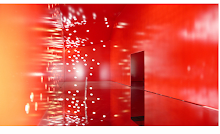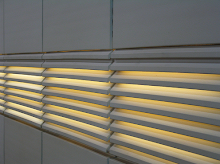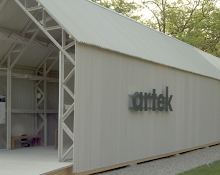My research thus far has opened up new possibilities for the development of design. The most revealing and newest discoveries which have surfaced can be pinpointed in two areas. The multi pavilion concept I have found would be better suited to a different setting in order to conserve the landscape. Secondly the issue of relationship has an even broader implication than had previously expected. I must narrow the creative process and those involved more specifically in my Thesis. I have discovered that the complexity and layer of the relationships and ideas are sometimes a hindrance to the creative process. In this litigious society it is important to understand the creative process and how it can be used to make a positive contribution to society. With the role of the architect using many more specialists and associates it is even harder to control the collaborative process as it is.
My thesis will explore the layers of relationships formed by the creative process. The levels of relationships will be manifest in several different layers :
- the historic, creative, natural and spiritual relationships
- family , art , nature and history
- professional, artistic , business and cultural social contexts.
My research has , so far, indicate that some or all of these relationship factors may be at work in the creative process during a project. My feedback to date has indicated a loss of communication between the designer and the "client" or persons served. While the complexity of design relationships may have a great bearing on this creative process, it is an area of critical investigation that I am currently exploring. In several examples I have accumulated thus far the creative process is alive a well, but with many it is a trial on error effort. I want to document my findings to provide some positive guidelines to follow and apply them of my project for critical testing.
As a pilot to test these relationships in an actual project, I will develop a Museum of American Watercolor. My relationship to the art form and the site provide unique . My thesis at the same time will be an exploration of others in the industry who have accomplished similar relationships.
My building will also bring out the expression of forms and technologies which are sound environmentally. It is imperative that any design have basis in social responsibility. The application of positive influences will be applied to the design of a building type which I am both familiar and eager to make a statement. I feel the research accomplished here can be of use to both museums of water color but to others locations which have multi-faceted educational and residence artists programs.
While the mission of the museum of Watercolor is to serve and preserve, it is also in the modern context to educate. While this exploration of Thesis is less about phenomenology I will pay important homage to historic reference to relationships that is both personnel yet widely applicable and a historic area. The emergence of the research will help form the building.







